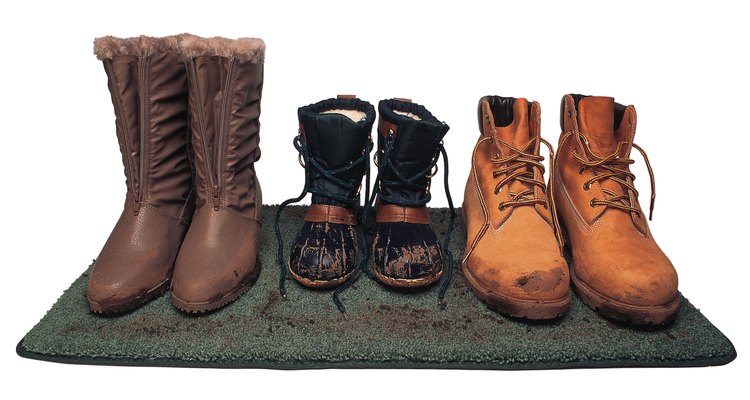
High quality boots can be quite expensive and should be considered an investment. External conditions decrease the lifespan of your boots. Water can cause boot material to deteriorate over time. Protecting your investment is easy with a waterproofing product. Regardless of your boots' material, your shoes can have a longer life. Fortunately, several options are available if you do not want to purchase a manufactured product. Making homemade waterproofing for your boots is easy.
Put equal parts of beeswax, tallow and neatsfoot oil in a pot. Gradually heat the pot until the ingredients are melted and combined. Rub the beeswax mixture on the boots with a clean cloth.
Use the beeswax in a different recipe if you do not have the correct ingredients. Put 4 oz. of beeswax, 4 oz. of resin and 1 pint of vegetable oil in a pot. Gradually heat the pot until the ingredients are melted and combined. Rub the beeswax mixture on the boots with a clean cloth.
Combine two parts of soybean oil with one part turpentine. Place the mixture in a spray bottle and spray on canvas boots.
Related Articles

How to Get Rubber Off Leather Shoes

How to Clean the Insides of Rubber Boots
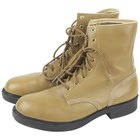
How to Shrink Leather Boots

How to Clean Airwalk Ugg-Style Boots

Fixing a Boot's Heel

How to Clean Scuffed Up Rain Boots
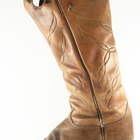
How to Dye Cowboy Boots

How to Stretch the Instep of a Shoe
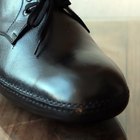
The Best Way to Stretch Patent Leather ...

How to Wax Your Boots

Getting Dirt Stains Out of Gray Leather ...

What Is a Good Way to Break In Danner ...

Leather Sandal Cleaning Instructions
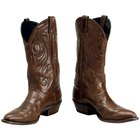
How to Use Mink Oil on Boot Leather

How to Remove Sun Damage on Rain Boots

How to Repair Cracks in Leather Shoes & ...

How to Shine Patent Leather Shoes
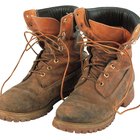
How to Restore Discolored Boots

How to Clean Insoles of Shoes

How to Stretch Your Shoe Heel
References
Photo Credits
Comstock/Comstock/Getty Images